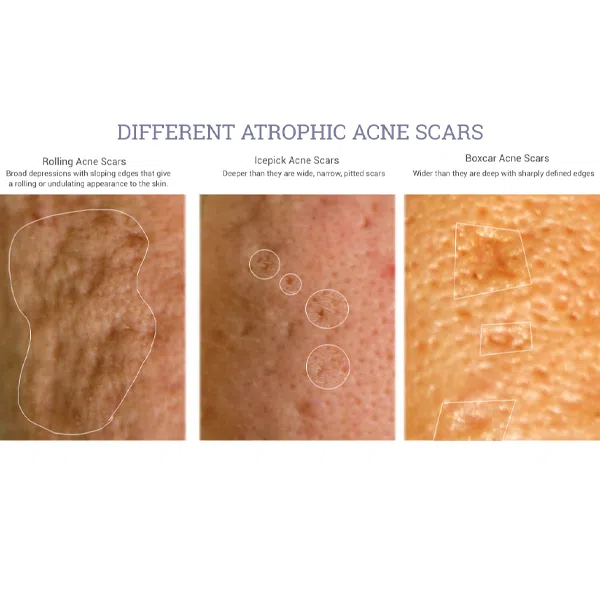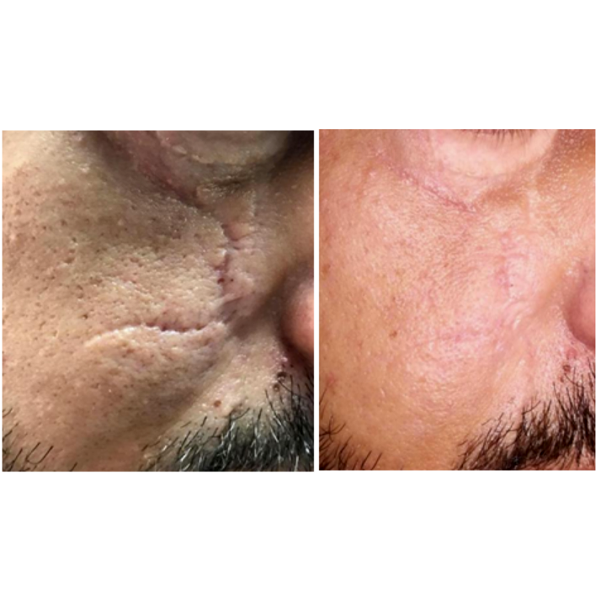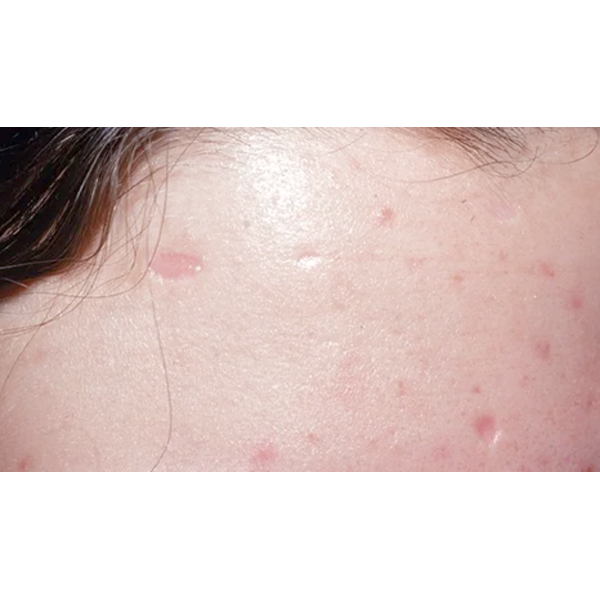Atrophic Scars Edmonton: Causes, Types, and Prevention
Atrophic scars are depressions in the skin caused by the loss of collagen and tissue. Unlike raised scars, they create an indented appearance, often forming after severe acne, infections, or injuries. These scars can be challenging to manage and may impact self-confidence.
Understanding their causes and types is essential for preventing and minimizing their appearance. While Acne scars treatments exist, the best approach is to focus on prevention and early skin care to reduce the risk of atrophic scarring.
Atrophic ScarsInfographic Summary
Types of Atrophic Scars
They appear in different forms, depending on the severity of tissue loss. The three main types include:
- Ice Pick Scars: Deep, narrow scars that resemble small punctures in the skin.
- Boxcar Scars: Wider depressions with sharp edges, often caused by acne or chickenpox.
- Rolling Scars: Shallow scars with a wavy appearance due to tissue damage under the skin.
Recognizing the type of scar can help in understanding how to care for the skin and prevent further damage.
How to Prevent Atrophic Scars
Preventing atrophic scars starts with proper skin care and wound healing. Here are some key tips:
- Treat Acne Early: Addressing acne before it becomes severe reduces the risk of deep scars.
- Keep Wounds Clean: Proper wound care prevents infections that can lead to tissue loss.
- Avoid Picking Skin: Scratching or picking at blemishes increases scarring.
- Use Sunscreen: Sun exposure can darken scars and make them more noticeable.
- Stay Hydrated: Well-hydrated skin heals better and maintains its elasticity.
What Causes Atrophic Scars?



These acne scars develop when the skin’s healing process is disrupted, leading to a loss of tissue. Several factors can contribute to their formation:
- Severe Acne: Inflammatory acne damages skin tissue, creating deep scars.
- Chickenpox: The viral infection can leave pitted scars after healing.
- Injuries and Surgery: Poor wound healing or infections can result in tissue loss.
- Genetics: Some individuals are more prone to atrophic scarring due to their skin type.
- Skin Picking: Scratching or picking at wounds or acne increases the risk of scars.